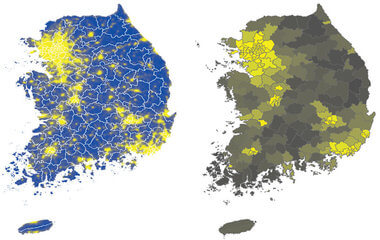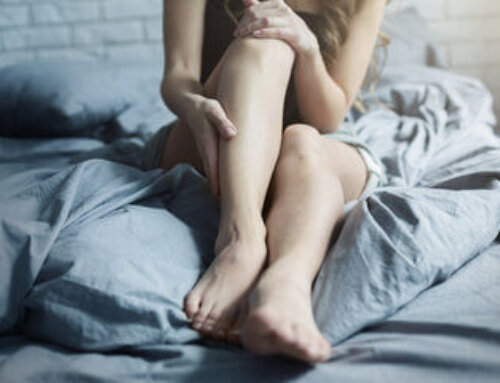DARIEN, IL – A new study is the first population-based investigation to report a significant association between artificial, outdoor light exposure at night and insomnia, as indicated by older adults’ use of hypnotic drugs.
Results show that increasing nighttime levels of artificial, outdoor light exposure, stratified by quartile, were associated with an increased prevalence of hypnotic prescriptions and daily dose intake. Furthermore, older adults exposed to higher levels of artificial, outdoor light at night were more likely to use hypnotic drugs for longer periods or higher daily dosages.
“This study observed a significant association between the intensity of outdoor, artificial, nighttime lighting and the prevalence of insomnia as indicated by hypnotic agent prescriptions for older adults in South Korea,” said Kyoung-bok Min, PhD, an associate professor in the Department of Occupational and Environmental Medicine at Seoul National University College of Medicine in South Korea. “Our results are supportive data that outdoor, artificial, nighttime light could be linked to sleep deprivation among those while inside the house.”
The study results are published in the Nov. 15 issue of the Journal of Clinical Sleep Medicine.
According to the American Academy of Sleep Medicine, insomnia can involve struggling to fall asleep, having trouble maintaining sleep, or waking up too early. A variety of environmental factors, including excessive noise or light and extreme temperatures, will disrupt the sleep of most individuals.
The authors reported that the inappropriate or excessive use of artificial, outdoor light at night, referred to as “light pollution,” has emerged as a novel environmental factor linked to human health. Research has shown that artificial nighttime lighting, whether indoor or outdoor, induces disruption of circadian rhythms, potentially leading to metabolic and chronic diseases, including cancer, diabetes, obesity and depression.
The study used data from the 2002–2013 National Health Insurance Service-National Sample Cohort (NHIS-NSC), a population-based cohort in South Korea. The final study sample, after excluding those with a diagnosed sleep disorder, comprised 52,027 adults who were 60 years of age or older. About 60 percent of participants were female.
Light exposure was based on satellite data provided by the National Centers for Environmental Information. The estimated light pollution level in each administrative district was matched with individuals’ residential districts to determine an individual exposure level.
Usage data for two hypnotic drugs, zolpidem and triazolam, were extracted from health insurance records. About 22 percent of study participants had prescriptions for hypnotic drugs.
Min added that public health officials seem to be less concerned with light pollution than with other environmental pollutants. However, this study strengthens the potential link between light pollution and adverse health consequences.
“Given the recent scientific evidence including our results, bright outdoor lighting may be a novel risk factor for prescribing hypnotic drugs,” Min said.
The authors noted that more studies and public policy initiatives are needed to define and minimize the adverse effects of light pollution on human health.
###
The study was supported by the Education and Research Encouragement Fund of Seoul National University Hospital and by National Research Foundation of Korea (NRF) grants funded by the South Korean government (Ministry of Science and ICT).
To request a copy of the study, “Outdoor Artificial Nighttime Light and Use of Hypnotic Medications in Older Adults: A Population-Based Cohort Study,” or to arrange an interview with the study author or an AASM spokesperson, please contact the AASM at 630-737-9700 or media@aasm.org.
The monthly, peer-reviewed Journal of Clinical Sleep Medicine is the official publication of the American Academy of Sleep Medicine, a professional membership society that improves sleep health and promotes high quality, patient-centered care through advocacy, education, strategic research, and practice standards. The AASM encourages patients to talk to their doctor about sleep problems and visit SleepEducation.org for more information about sleep, including a searchable directory of AASM-accredited sleep centers.





